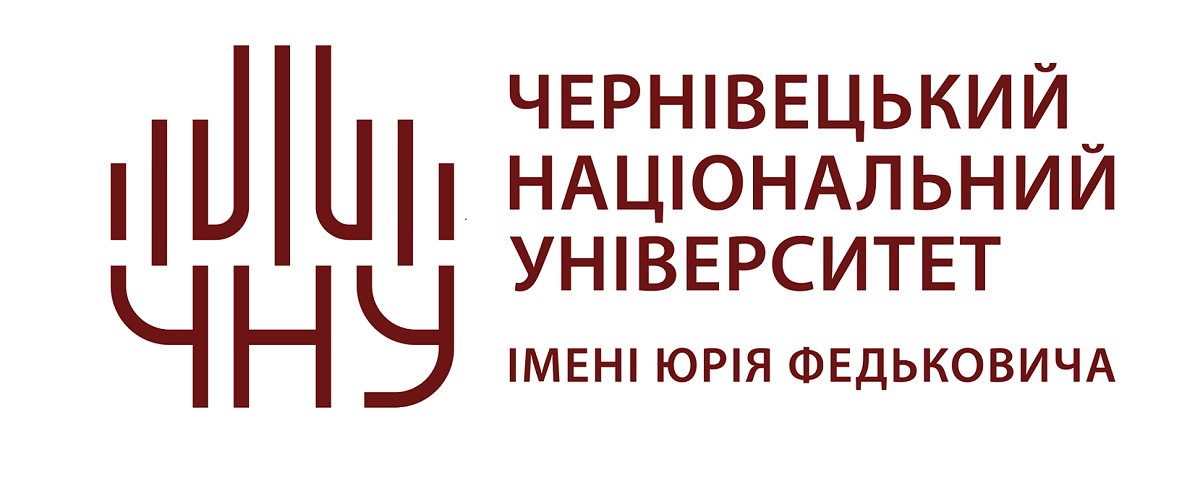| dc.contributor.author | Chervinska, Olha | |
| dc.date.accessioned | 2022-11-14T09:36:07Z | |
| dc.date.available | 2022-11-14T09:36:07Z | |
| dc.date.issued | 2022 | |
| dc.identifier.citation | Червинская О., Дзык Р. Переводческий опыт Достоевского: у истоков становления авторского метода. Slavica litteraria. 2022. R. 25. Č. 1. S. 61–70. | uk_UA |
| dc.identifier.uri | https://archer.chnu.edu.ua/xmlui/handle/123456789/5339 | |
| dc.description.abstract | With a due regard to Fyodor Dostoevsky’s experience, the article under studies deals with the issue of artistic preconditions of his author’s writing (frequently ignored in the investigations on the specifics of the formation of writers’ author style) in terms of the theory of reception. To be more specific, it touches upon translation experience, which, in our case, is regarded as the first step towards identifying the writer’s stylistic preferences. The article outlines that Dostoevsky’s “artistic laboratory” starts taking its shape considerably earlier than his fiction texts. Dostoevsky’s translation experience is considered as the beginning of his author’s method (as the first step to identifying his stylistic preferences) together with the manifestation of receptive taste that is closely related to the latter. The writer’s translation of O. Balzac’s novel Eugenia Grandet (1843) proves that Dostoevsky’s style clearly shifts in the opposite direction, still retaining the “memory of the image”. | uk_UA |
| dc.description.sponsorship | зарубіжної літератури та теорії літератури | uk_UA |
| dc.language.iso | other | uk_UA |
| dc.publisher | Slavica Litteraria | uk_UA |
| dc.subject | Dostoevsky | uk_UA |
| dc.subject | reception | uk_UA |
| dc.subject | translation | uk_UA |
| dc.subject | Eugenia Grandet | uk_UA |
| dc.subject | stylistic preference | uk_UA |
| dc.title | Переводческий опыт Достоевского: у истоков становления авторского метода | uk_UA |
| dc.type | Article | uk_UA |
